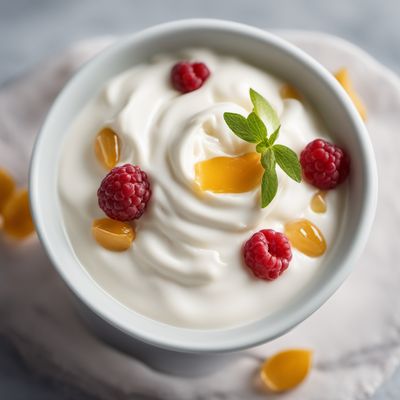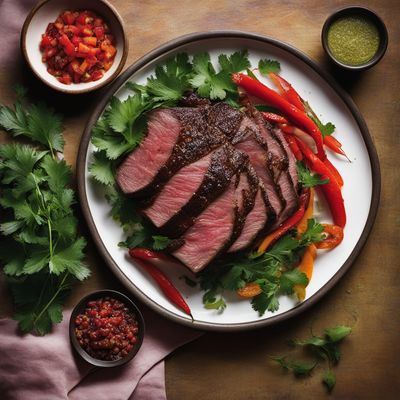
Ingredient
Dairy imitates other than milks
Plant-Based Dairy Alternatives
Plant-based dairy alternatives are made from various plant sources, such as nuts, seeds, and legumes, and offer a wide range of flavors, textures, and nutritional profiles. They can be used as substitutes for milk, cheese, yogurt, and other dairy products in cooking and baking.
Origins and history
The concept of dairy imitations dates back centuries, with early examples of plant-based milk substitutes being used in Asian and Middle Eastern cuisines. The modern plant-based dairy alternative industry has seen significant growth in recent years, driven by the increasing demand for vegan and lactose-free options.
Nutritional information
Plant-based dairy alternatives can be a good source of essential nutrients, such as protein, healthy fats, vitamins, and minerals, depending on the specific ingredient used. They are often lower in calories and saturated fat compared to traditional dairy products.
Allergens
Some plant-based dairy alternatives, such as almond or soy milk, may contain allergens like nuts or soy, which can trigger allergic reactions in susceptible individuals. It is important to read the labels carefully and be aware of any potential allergens present in the specific product.
How to select
When selecting plant-based dairy alternatives, look for products that are made from high-quality ingredients and have minimal additives or preservatives. Opt for options that are fortified with essential nutrients, such as calcium and vitamin D, to ensure adequate nutritional intake.
Storage recommendations
To maintain the freshness and quality of plant-based dairy alternatives, it is recommended to store them in the refrigerator at the appropriate temperature specified on the packaging. Once opened, consume them within the recommended time frame to prevent spoilage.
How to produce
Producing plant-based dairy alternatives at home can be a fun and rewarding process. Many recipes and tutorials are available online that guide you through the steps of making your own nut milk, yogurt, or cheese alternatives using simple ingredients and basic kitchen equipment.
Preparation tips
Plant-based dairy alternatives can be used in a variety of ways, such as in smoothies, coffee, cereal, baking, and cooking. They can be used as a direct substitute for milk in most recipes, and some varieties can be used to make vegan cheese, ice cream, or yogurt.
Culinary uses
Plant-based dairy alternatives are commonly used in vegan and vegetarian cooking, as well as by individuals with lactose intolerance or dairy allergies. They are widely incorporated into dishes like vegan mac and cheese, dairy-free ice cream, plant-based lattes, and dairy-free baked goods.
Availability
Plant-based dairy alternatives are widely available in grocery stores, health food stores, and online retailers. They can be found in most regions and countries, catering to the growing demand for plant-based products.
More ingredients from this category

Soya yoghurt
The Creamy Delight of Soya Yoghurt

Imitation cream
"Creamy Delight: Unveiling the World of Imitation Cream"

Tofu
Silken Delight

Imitation cheese
"Melting the Myths: Unveiling the World of Plant-Based Cheese Alternatives"

Imitation yoghurt, non soy
Creamy Delight: Exploring Non-Soy Imitation Yoghurt

Non dairy coffee creamer
The Creamy Coffee Companion

